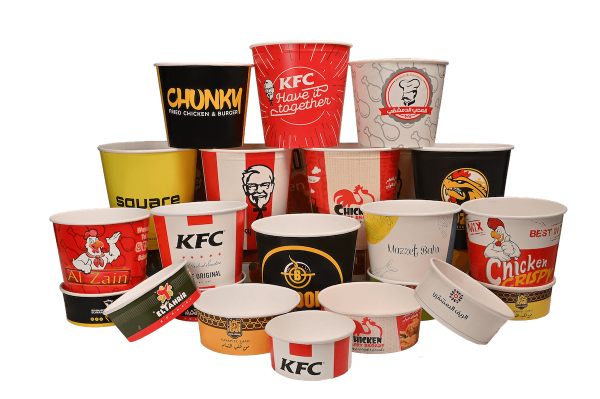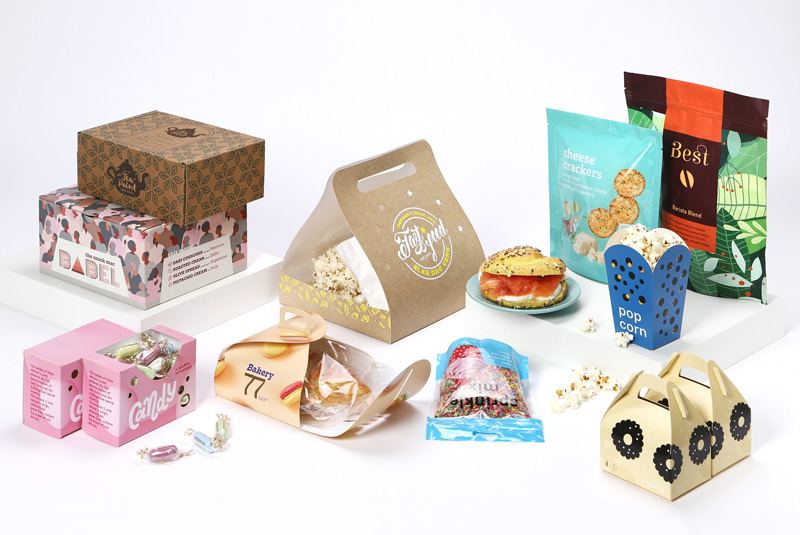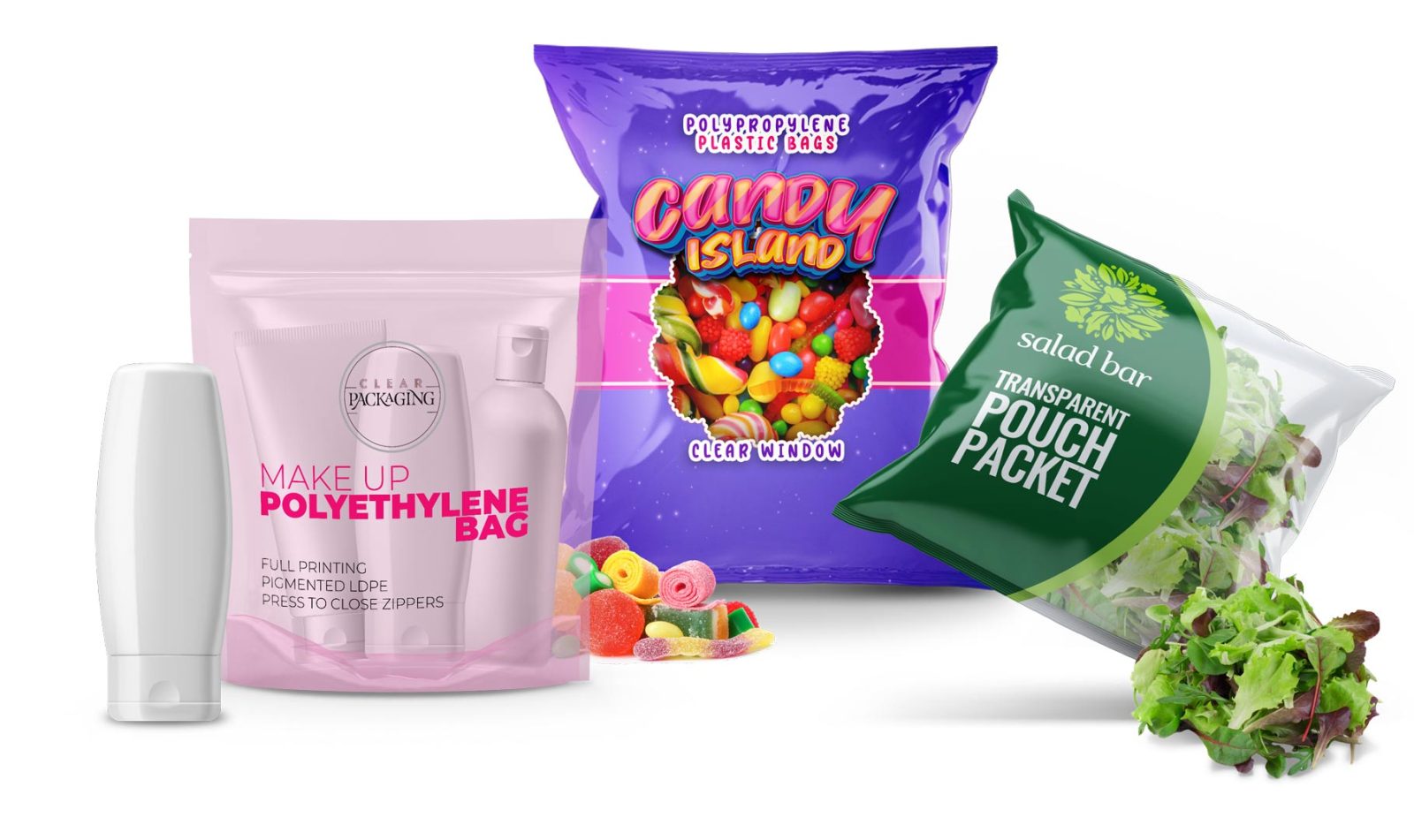The world of food packaging is undergoing a significant transformation, driven by innovations in food safe printing. As the demand for safer and more sustainable packaging solutions grows, the packaging industry is embracing new technologies to ensure that the food products we consume are not only protected but also safe from harmful chemicals. This article delves into the latest advancements in this field and explores their implications for both manufacturers and consumers.

Understanding the Need for Food Safe Printing
Food packaging plays a crucial role in protecting food from contamination and extending its shelf life. However, traditional printing methods have raised concerns about the potential migration of harmful substances from packaging materials to food products. This has led to the development of food safe printing technologies that aim to eliminate these risks.
The Role of Printing Inks
Printing inks are a critical component of food packaging. They are used to provide essential information such as product details, nutritional information, and branding. However, not all inks are suitable for use in food packaging. The migration of harmful chemicals from inks to food products is a significant concern, which has prompted the need for safer ink formulations.
Advancements in Food Safe Printing Technologies
Recent advancements in food safe printing technologies have focused on developing inks and printing processes that minimize the risk of contamination. These innovations include the use of migration-safe offset inks, water-based inks, and UV-curable inks.
Migration-Safe Offset Inks
Migration-safe offset inks are designed to prevent the transfer of ink components from packaging materials to food products. These inks are formulated with carefully selected raw materials that comply with food safety regulations, ensuring that they do not pose a risk to consumers.
Water-Based Inks
Water-based inks are becoming increasingly popular in the food packaging industry due to their low environmental impact and reduced risk of contamination. These inks use water as the primary solvent, making them a safer and more sustainable option for food packaging.
UV-Curable Inks
UV-curable inks are another innovation in food safe printing. These inks cure instantly when exposed to UV light, reducing the risk of migration and contamination. They also offer excellent print quality and durability, making them an ideal choice for food packaging applications.
The Impact of Food Safe Printing on the Packaging Industry
The adoption of food safe printing technologies has significant implications for the packaging industry. Manufacturers are increasingly required to comply with stringent food safety regulations, which has led to a growing demand for safer packaging solutions. This shift is driving innovation and investment in new printing technologies.
Regulatory Compliance
Compliance with food safety regulations is a top priority for packaging manufacturers. The use of food safe printing technologies helps manufacturers meet these requirements and reduce the risk of product recalls and liability issues.
Consumer Confidence
As consumers become more aware of the potential risks associated with food packaging, their demand for safer products is increasing. Food safe printing technologies help build consumer confidence by ensuring that packaging materials do not compromise the safety of the food products they contain.
Challenges and Future Directions
While significant progress has been made in the development of food safe printing technologies, there are still challenges to address. These include the need for further research and development to improve the performance and cost-effectiveness of these technologies.
Research and Development
Ongoing research is essential to advance the field of food safe printing. This includes the development of new materials and processes that can further reduce the risk of contamination and enhance the sustainability of packaging solutions.
Cost Considerations
The cost of implementing food safe printing technologies can be a barrier for some manufacturers. However, as these technologies become more widely adopted, economies of scale are expected to reduce costs, making them more accessible to a broader range of businesses.
Conclusion
The future of food packaging lies in the continued development and adoption of food safe printing technologies. These innovations are essential for ensuring the safety and sustainability of packaging solutions, ultimately benefiting both manufacturers and consumers. As the industry continues to evolve, collaboration between researchers, manufacturers, and regulators will be crucial in driving further advancements and addressing the challenges that remain.

FAQs
What are the main benefits of food safe printing?
Food safe printing offers several benefits, including reducing the risk of contamination, ensuring regulatory compliance, and enhancing consumer confidence in food products.
How do migration-safe offset inks work?
Migration-safe offset inks are formulated to prevent the transfer of ink components from packaging materials to food products, using raw materials that comply with food safety regulations.
Why is consumer confidence important in food packaging?
Consumer confidence is crucial because it influences purchasing decisions and brand loyalty. Ensuring that packaging materials are safe from harmful chemicals helps build trust with consumers.
This article contains affiliate links. We may earn a commission at no extra cost to you.






